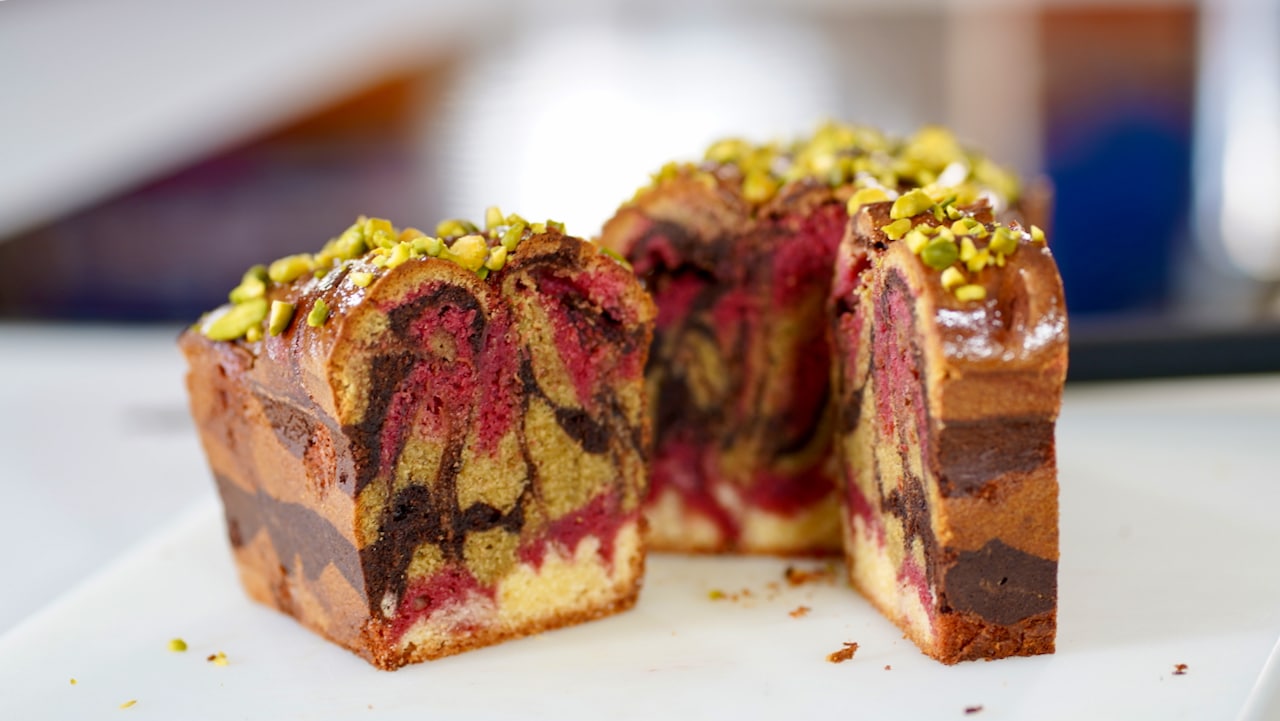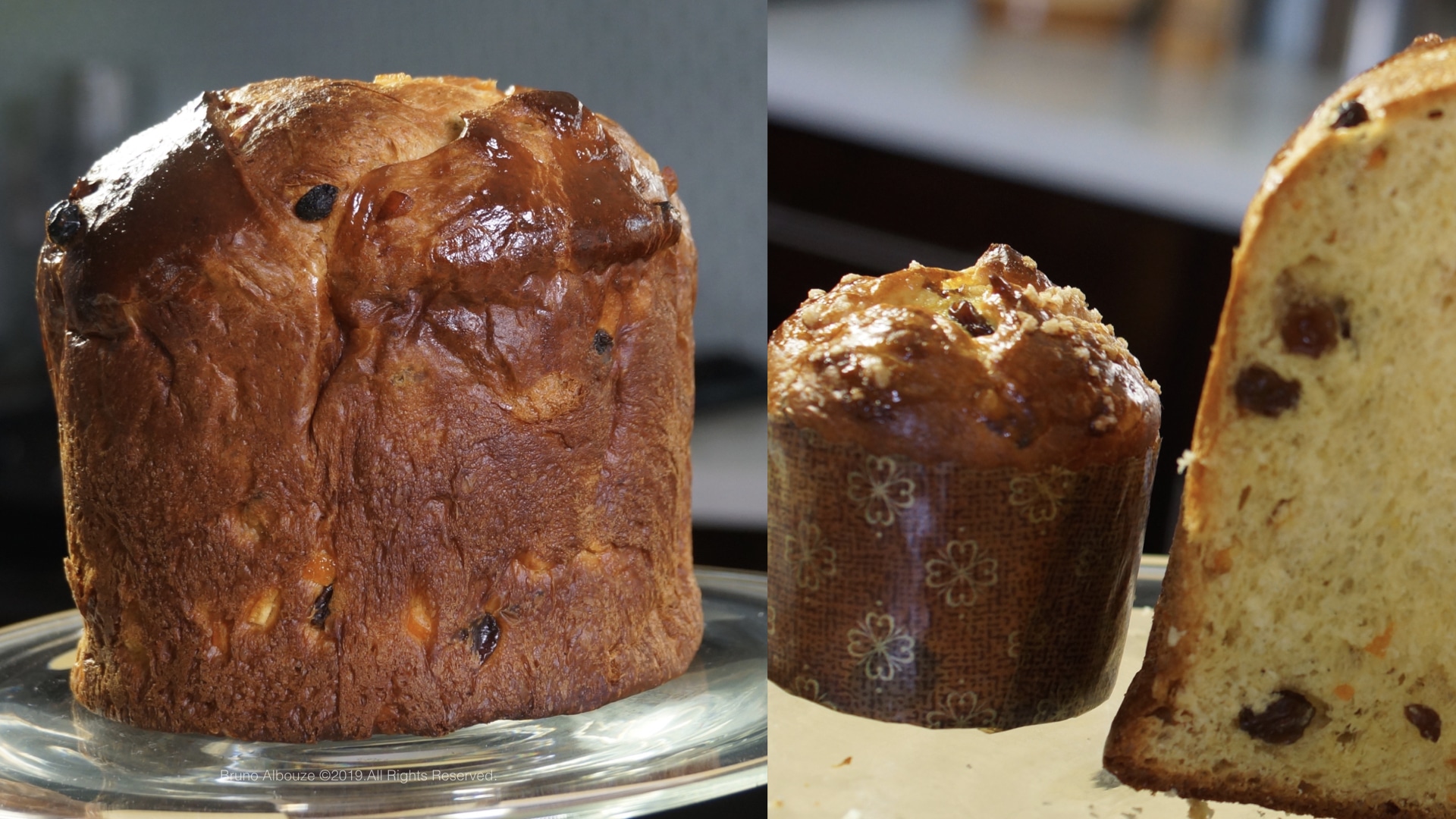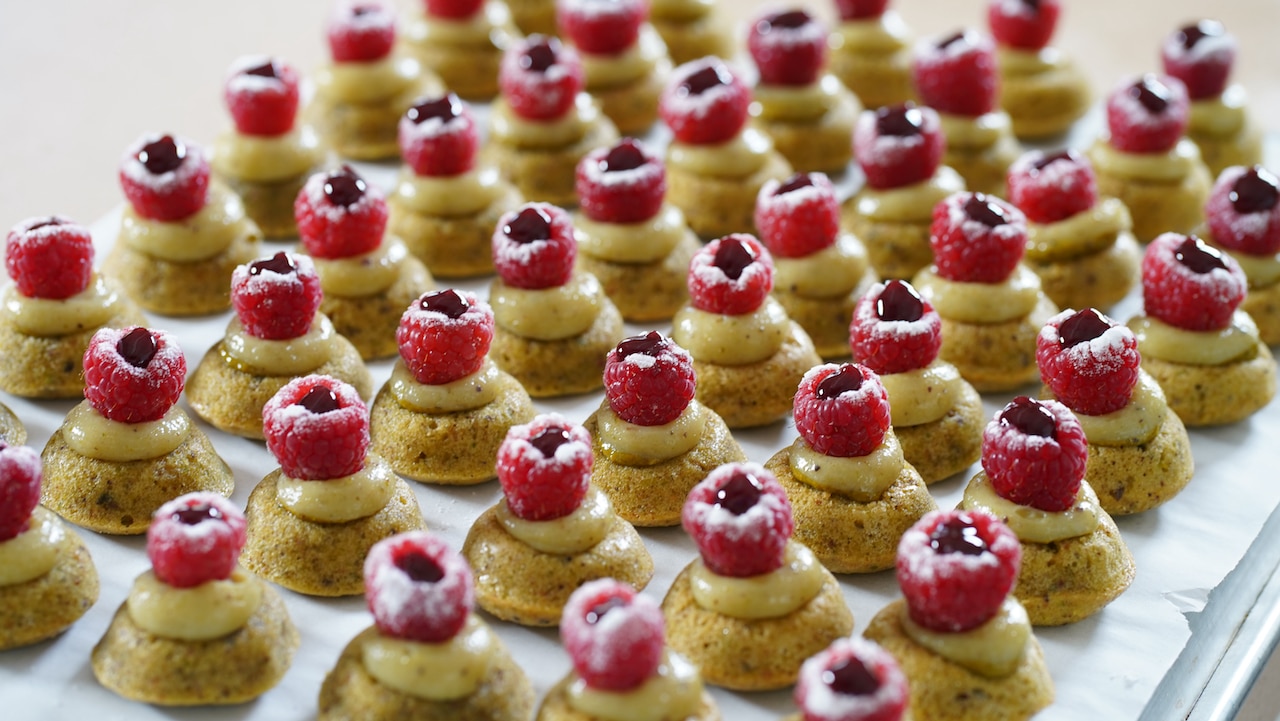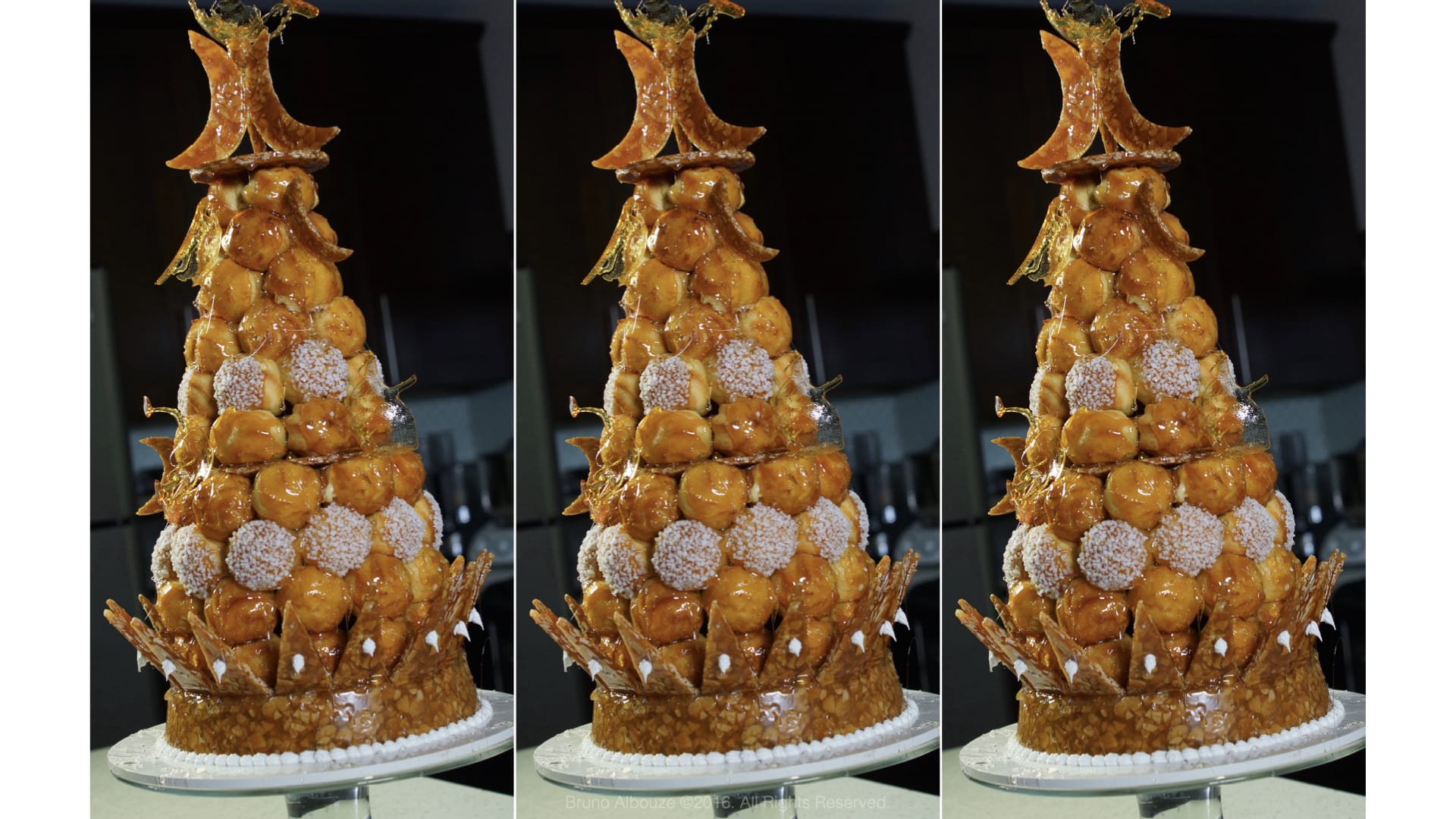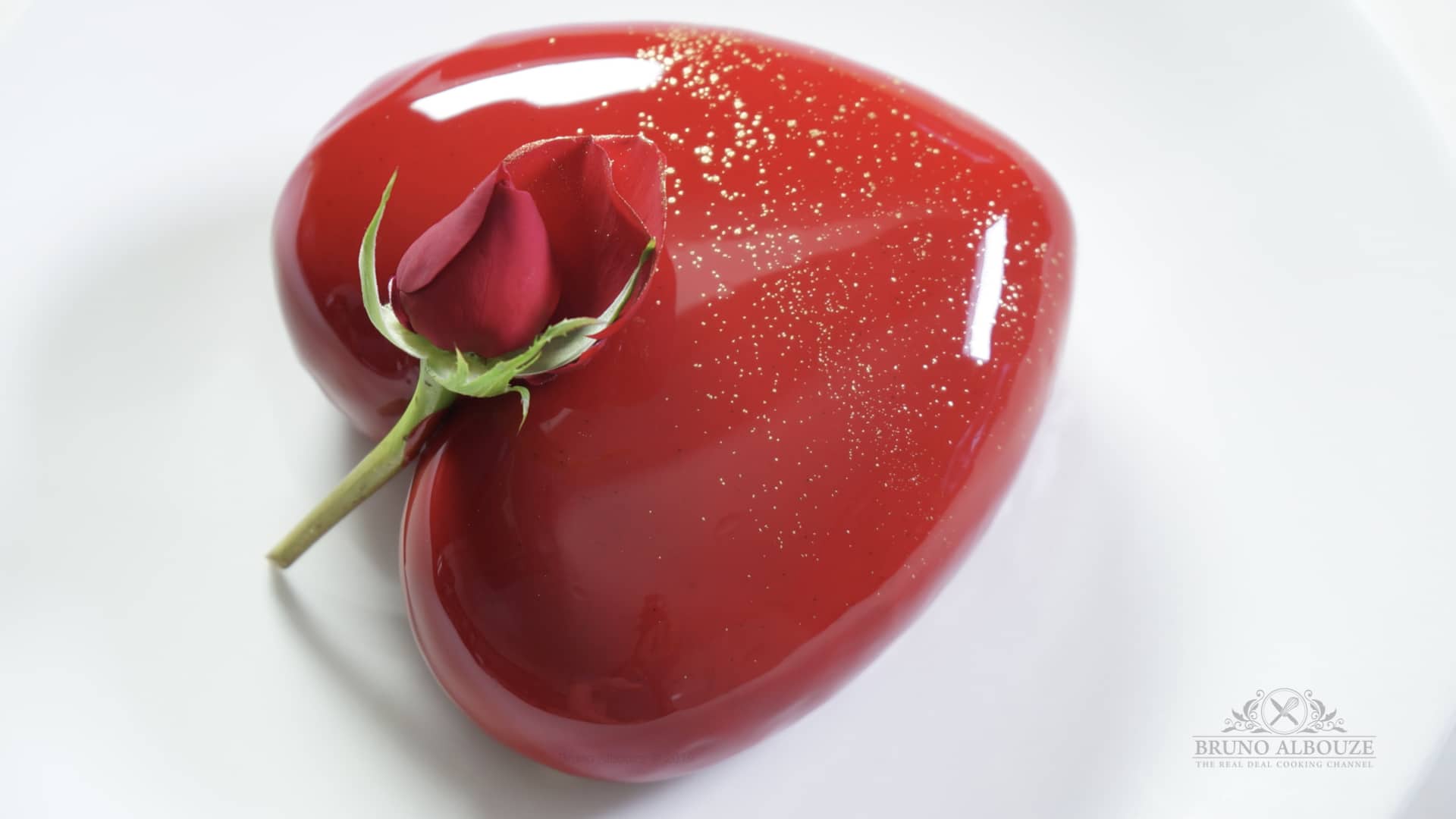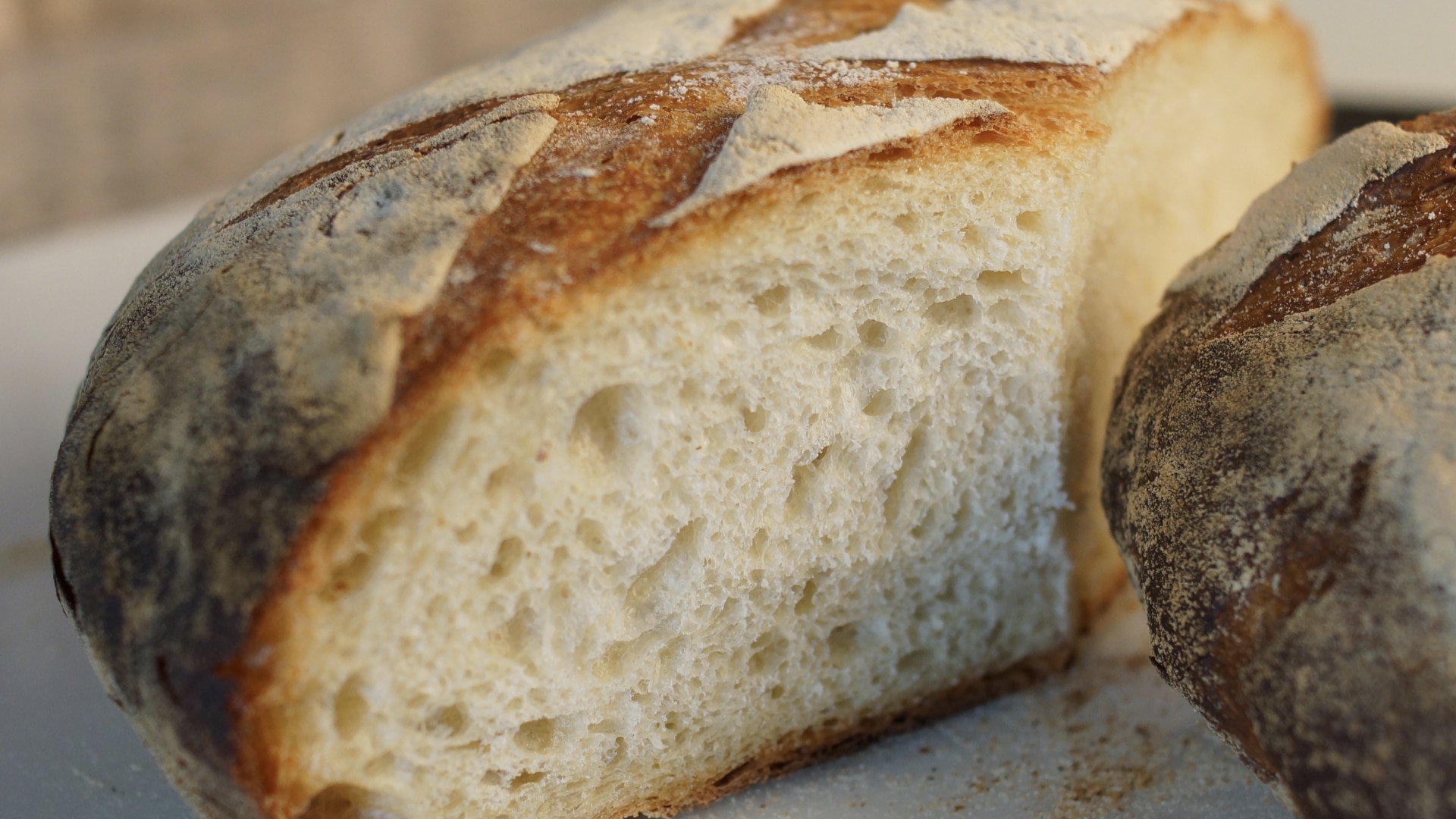Carrot Cake
Are you ready to indulge in a moist and flavorful treat that will tantalize your taste buds? Look no further than this exquisite Carrot Cake recipe! Dating back to the Middle Ages, when carrots were used as a sugar substitute, this delightful dessert has evolved over the years to become a beloved classic worldwide. Imagine sinking your teeth into a luscious cake bursting with the natural sweetness of carrots, complemented by the crunch of walnuts or pecans, and infused with aromatic spices like ginger and cinnamon. The addition of fruits such as pineapple and raisins adds a burst of juiciness to every bite, creating a symphony of flavors in your mouth. And let's not forget the pièce de résistance – the decadent cream cheese frosting that crowns this masterpiece. Creamy, tangy, and perfectly sweet, it's the perfect finishing touch to this extraordinary dessert. Whether you're a baking enthusiast looking to expand your repertoire or simply someone with a sweet tooth craving a delightful treat, this Carrot Cake recipe is sure to impress. Stay tuned as Chef Bruno Albouze unveils the secrets behind creating this culinary masterpiece, guaranteed to become a new favorite in your dessert rotation. Get ready to elevate your baking game and delight your senses with every scrumptious bite!
Ready to discover this recipe? You're only 1 step away.
This recipe is only accessible to registered members!
Create your account to access all cooking recipes of my website (excepting courses and masterclasses of the Academy).
Join us now and enjoy more 700 recipes (All mostly french, but also european, asiatic and american)

